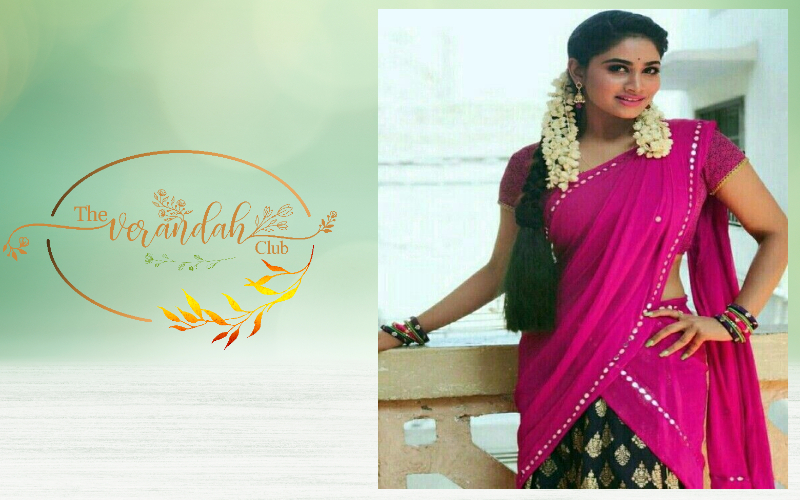
‘Paavadai Dhaavani’
The ‘Dhaavani’ (half-sari) was a popular outfit until about 25 years ago. Young girls and maidens used to wear the Dhaavani. The normal Sari was 6 Gajams (5.5 mts) long and the Dhaavani would be 2.5 mts long. It was a time when women wore traditional outfits belonging to their region. Life was simple for comparisons were fewer. Girls used to get ready in the morning and would prepare themselves by donning their hair with coconut oil. They would subsequently plait their hair before beginning their day.
The younger girls would wear two-plaits. Each plait would be near one of the ears. Some plaits would be folded, and a ribbon used to keep them in place. The girls used to put on a Bindi with aid of a fluid, which was known as ‘Chaandhu’ in Tamil. They would use kohl around their eyes and also darkened the eyebrows with the same material. Many of them would use turmeric paste while having a bath. These traditional girls wore a skirt, blouse, and a half-sari which was known as Dhaavani in Tamil. The skirt was known as ‘Paavadai’ in Tamil. While the Dhaavani was known as ‘Painta’ in Telugu.
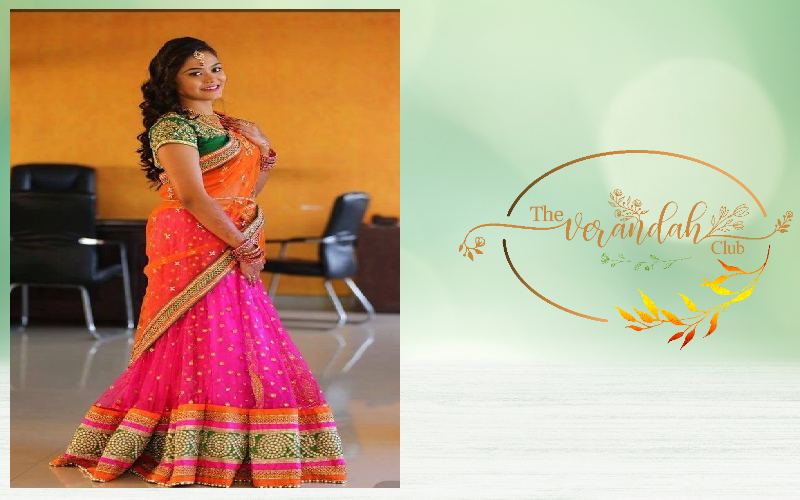
If a family had several girl children, the younger ones would be made to wear the Dhaavani. The maiden wearing a Sari was ready to get married but the one wearing the Dhaavani would be on the waiting list. Many of the girls from the middle-class background would be presented with it which would have been cut out of Saris. One part of the sari would become the Paavadai for one daughter while another part would be made into a Dhaavani for the other. This was a way of life and the family members were accustomed to it.
Dhaavanis had to be cut out of free-flowing fabric available in a textile showroom. Mothers and daughters would go to the shop and buy the required fabric for the blouse, the Dhaavani and the Paavadai. Many of the residences were endowed with a sewing machine and someone in the family would know how to stitch. Therefore, they would stitch their own clothes regularly. In some cases, the tailor would come home and take the order. Male tailors would work on approximations and correct the size based on feedbacks. Measurements were never made.
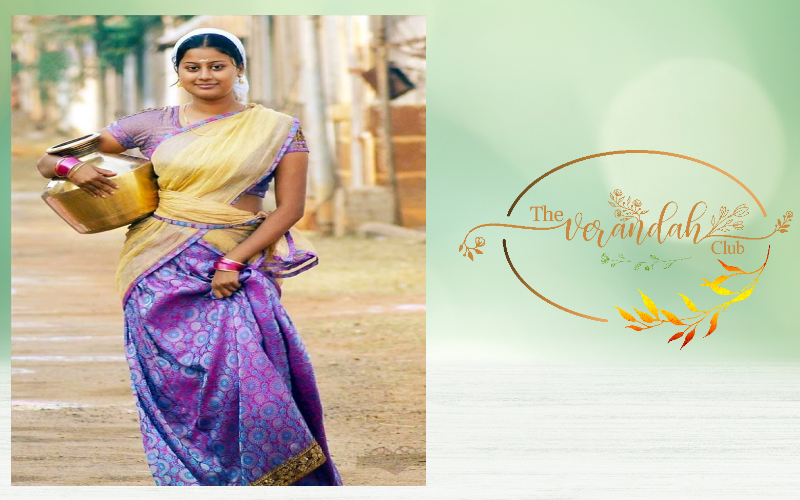
Some of the households would have a family tailor and all the girls would get their stuff done by that person. Over time, numerous female tailors came up. Many of them learnt tailoring from teachers like Narayani Miss of Coimbatore. In fact, using the sewing machine was a fine art by itself and Gandhi ji was in great praise of the same. He was simply amazed with the efficacy of this hand operated machine. Well, the Dhaavani was closed at the end through hemming. The Dhaavani was used by teenage girls and smaller ones just wore a skirt and a long blouse.
The auspicious beginning for wearing the Dhaavani was through a half-sari ceremony known as ‘Painta’ amongst the members of the Telugu speaking agrarian community. This was celebrated before the attainment of puberty and it was a grand occasion. The tradition continues even now. Other communities would also carry out this ‘Painta’ ceremony after the girl’s came of age. The wearing of the Dhaavani was auspicious and therefore it was celebrated when the girl was adorned with it for the first time.
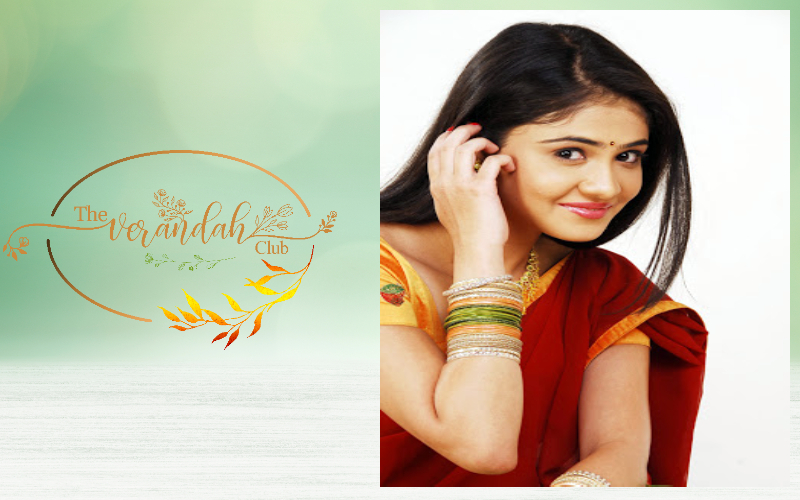
A ritual bath, special prayers, new clothes would be part of the deal . The girl would be given jewelry on that occasion. She would be decked and dressed that day. A festival like celebration would be witnessed in the evening time. She would wear a Dhaavani and present herself in front of the crowd. Elders would come and bless the girl on that occasion. The girl would also be showered with gifts and blessings. A fine meal would be served on that joyful occasion.
Thus, the glorious past of the Dhaavani continues to be part of our culture. Researchers working on culture affirm that it adds to the harmony, and economic wellbeing of the society. The simple but elegant Dhaavani has a long story.
NEXT ARTICLE

Over the past couple of years, I have had the opportunity to attend several family weddings, both in India and the United States. The experience has b...
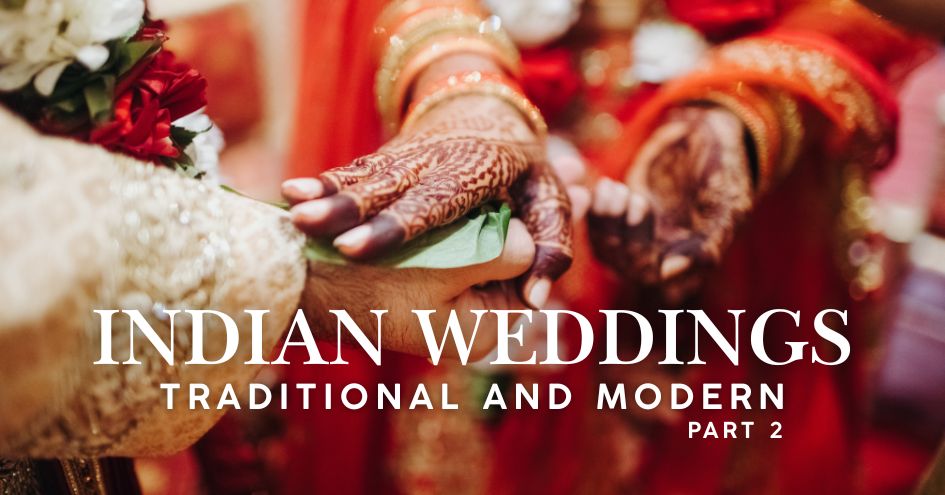
Let's take a moment to revisit the meaning of the term “Vivāha”. At its core, it represents the idea of sharing a burden and carrying the weight of li...